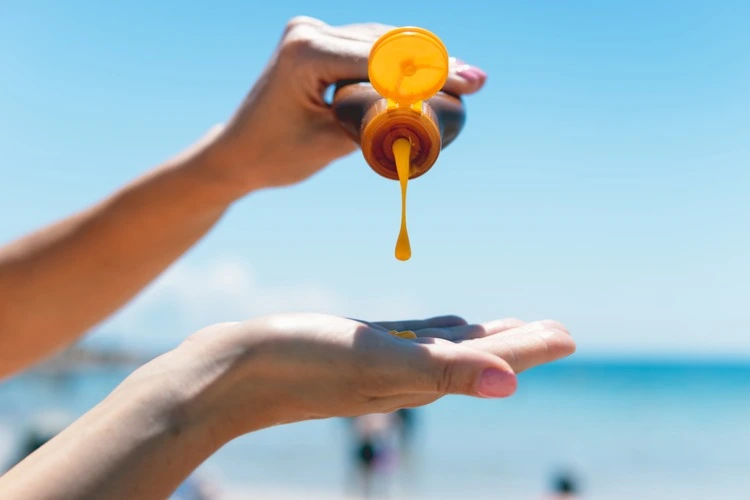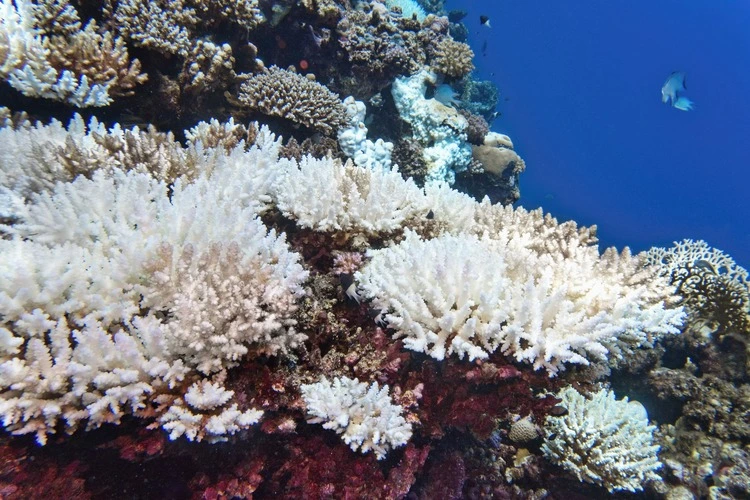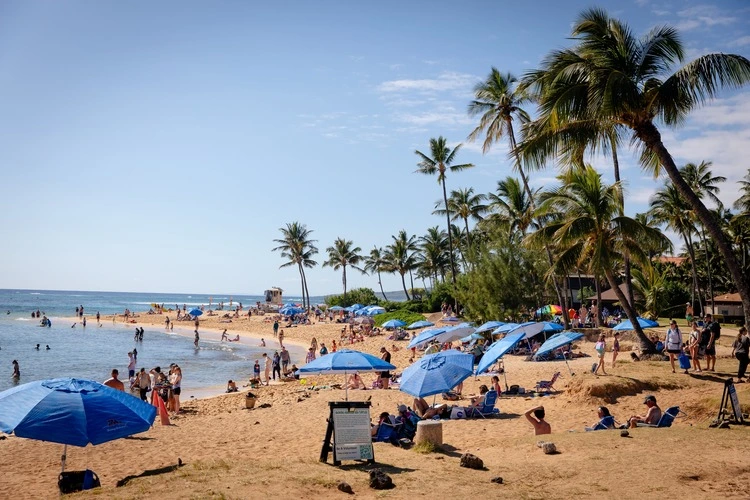
A single beach with 1,000 visitors can accumulate more than 35kg of sunscreen deposits each day – scientists call for more research into sunscreen’s impacts
By
On a hot summer’s day, applying sunscreen is an action many of us will do with little thought. But while this simple routine may be a means of protection for humans, scientists are increasingly concerned about the extent to which using such products can impact a whole host of aquatic life in our planet’s seas.
Enjoying this article? Check out our related reads:
While the vast accumulation of sunscreen compounds in the sea has long been recorded – an estimated 14,000 tonnes of sunscreen enters global waters each year – comparatively little research has been conducted on the full spectrum of effects they can have in marine environments.
That’s why a new study, from researchers at the University of Plymouth – and published in the journal Marine Pollution Bulletin – is calling for more thorough research on sunscreen. The study reviewed more than 110 publications linked to sunscreen and UV filters along with their environmental repercussions. Its findings painted a bleak picture of how sunscreen can find its way into waters: at least 25 per cent of sunscreen products wash off during sea bathing, and a single beach with 1,000 visitors can be subject to more than 35kg of sunscreen deposits per day.
Specifically, the study identifies critical research gaps to be addressed, including long-term studies on chronic exposure effects, increased understanding of how chemicals move through marine food chains, and further research to be carried out in island nations along with Northern Europe, Africa, South America, the Arctic and Antarctic regions.

Already, preliminary research indicates chemicals within sunscreen – a large proportion of which runoff when humans enter the sea – can have devastating consequences on coral reefs, leading to bleaching at high doses and damage to coral DNA. These chemicals can also inhibit the growth of green algae, a fundamental part of the food web for marine life. According to NOAA, sunscreen that finds its way into ocean waters poses the risk of reduced fertility and reproduction in fish and can accumulate in dolphin tissue and consequently be passed onto their young.
Against the backdrop of a booming global sunscreen industry – projected to reach $13.64 billion by 2026 – obtaining a more comprehensive understanding of the impacts such products can have will be vital in protecting marine ecosystems for generations to come.
‘This review indicates that current research has only scratched the surface of understanding how these chemicals can affect marine life,’ said lead author and PhD researcher at Plymouth Marine Laboratory and the University of Plymouth Anneliese Hodge.
‘What’s particularly concerning is that these compounds are considered ‘pseudo-persistent pollutants’ due to their continuous introduction into marine environments as well as an overall lack of understanding of how these chemicals then interact with others in the sea.’
Chemical culprits
Sunscreens can broadly be defined into two categories: those which use organic (chemical-based) filters and those made from inorganic filters (mineral or metal-based).
Organic sunscreens contain UV filters made of up to 55 different chemicals which block out the sun’s ultraviolet light, whereas inorganic sunscreens use compounds such as titanium dioxide and zinc oxide. Although inorganic sunscreens are often marketed as ‘reef-safe’ or ‘reef-friendly’, these terms are not legally regulated, and products marketed as such can be made up of a whole host of ingredients that may not be free from environmental risk.

The UV filter oxybenzone (also known as benzophenone-3), and benzophenone-2, are both compounds linked to coral bleaching, deformities of coral such as abnormal skeletal growth, and DNA damage. Benzophenone-3 is currently on the European Chemical Agency’s watchlist, noted as being ‘under investigation as a hormone-disrupting chemical.’
Such chemicals can enter water in several ways; from direct swimming in seas to washing towels used to dry skin coated in sunscreen, washing off residue in showers and even in urine. Traditional sewage and water treatment, currently, is unable to effectively remove these compounds from water, posing further difficulty in eradicating them and their impacts from the world’s seas.
As a way of mitigating sunscreen’s harm to marine environments, in recent years, several places have begun to ban particular sunscreens. In 2021, Hawaii enforced a ban of any sunscreen containing oxybenzone and octinoxate, while other nations have banned various types with particular compounds including Aruba, US Virgin Islands and Palau.




